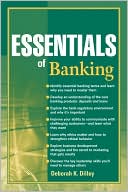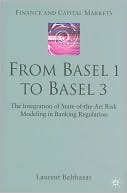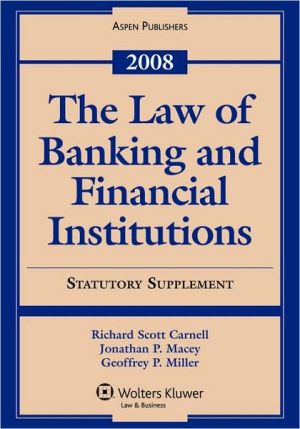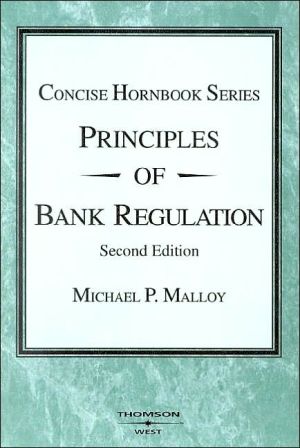The Prudential Regulation of Banks
The Prudential Regulation of Banks applies modern economic theory to prudential regulation of financial intermediaries. Dewatripont and Tirole tackle the key problem of providing the right incentives to management in banks by looking at how external intervention by claimholders (holders of equity or debt) affects managerial incentives and how that intervention might ideally be implemented. Their primary focus is the regulation of commercial banks and S&Ls, but many of the implications of...
Search in google:
The Prudential Regulation of Banks applies modern economic theory to prudential regulation of financial intermediaries. Dewatripont and Tirole tackle the key problem of providing the right incentives to management in banks by looking at how external intervention by claimholders (holders of equity or debt) affects managerial incentives and how that intervention might ideally be implemented. Their primary focus is the regulation of commercial banks and S&Ls, but many of the implications of their theory are also valid for other intermediaries such as insurance companies, pension funds, and securities funds.Observing that the main concern of the regulation of intermediaries is solvency (the relation between equity, debt, and asset riskiness), the authors provide institutional background and develop a case for regulation as performing the monitoring functions (screening, auditing, convenant writing, and intervention) that dispersed depositors are unable or unwilling to perform. They also illustrate the dangers of regulatory failure in a summary of the S&L crisis of the 1980s.Following a survey of banking theory, Dewatripont and Tirole develop their model of the capital structure of banks and show how optimal regulation can be achieved using capital adequacy requirements and external intervention when banks are violated. They explain how regulation can be designed to minimize risks of accounting manipulations and to insulate bank managers from macroeconomic shocks, which are beyond their control. Finally, they provide a detailed evaluation of the existing regulation and of potential alternatives, such as rating agencies, private deposit insurance, and large private depositors. They show that these reforms are, at best, a complement, rather than a substitute, to the existing regulation which combines capital ratios with external intervention in case of insolvency.The Prudential Regulation of Banks is part of the Walras Pareto Lectures, from the Universiy of Lausanne.
Series ForewordPreface1Introduction12The Nature of Banking and the Rationale for Regulation133The Institutions of Banking Regulation474The Example of the U.S. Savings and Loan Associations935Existing Banking Theory1036Outline of the Argument1197A Simple Model1338The Investors' Incentive Scheme1419Relative Solvency Ratios, Securitization, and Market Value Accounting15510Manipulating Performance Measures and Gains Trading17111Analysis of the Basle Accords17912The Political Economy of Public Regulation19313Private Regulation20114Lessons for Banking Regulation217App. A Perfect Renegotiation and Managerial Rent Extraction227App. B Manipulation of the Performance Measure: An Example233App. C Portfolio Reallocation between Risky and Safe Assets239References243Index257








